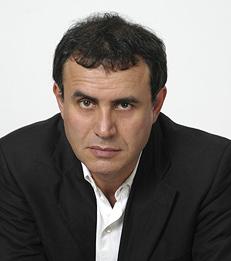Kamala Harris’s Economic Priorities.

By Nouriel Roubini
With polls suggesting that Kamala Harris has at least a 50% chance of winning next month’s US presidential election, questions about her economic-policy agenda have come to the fore. Of course, much will also depend on down-ballot outcomes. If the Democrats were to win the White House and both houses of Congress, they could implement fiscal policies with a simple majority (through the so-called budget-reconciliation process). Otherwise, a Harris administration obviously would be more constrained.
When Harris (briefly) ran for president in 2019, her economic proposals were well to the left of the Democratic Party. Among other things, she supported universal state-funded health care, decriminalization of illegal border crossings, a $10 trillion “Green New Deal” to address climate change, and a ban on fracking.
Now she is running on a more centrist platform that includes support for the Affordable Care Act (Obamacare), albeit with some new twists such as a price cap on insulin and an expansion of government authority to negotiate drug prices for Medicare and Medicaid. She also favors the recent bipartisan deal to crack down on illegal immigration, which her opponent, Donald Trump, convinced Republicans to scuttle for electoral reasons, accepts fracking, and backs the more limited ($1 trillion) green spending in the Inflation Reduction Act. (Indeed, she has made little mention of climate change in her speeches.)
Read the full Project Syndicate article.
___
Nouriel Roubini is a Professor Emeritus of Economics and International Business and the Robert Stansky Research Faculty Fellow.
